Grand old Swiss party: a past and future for liberalism
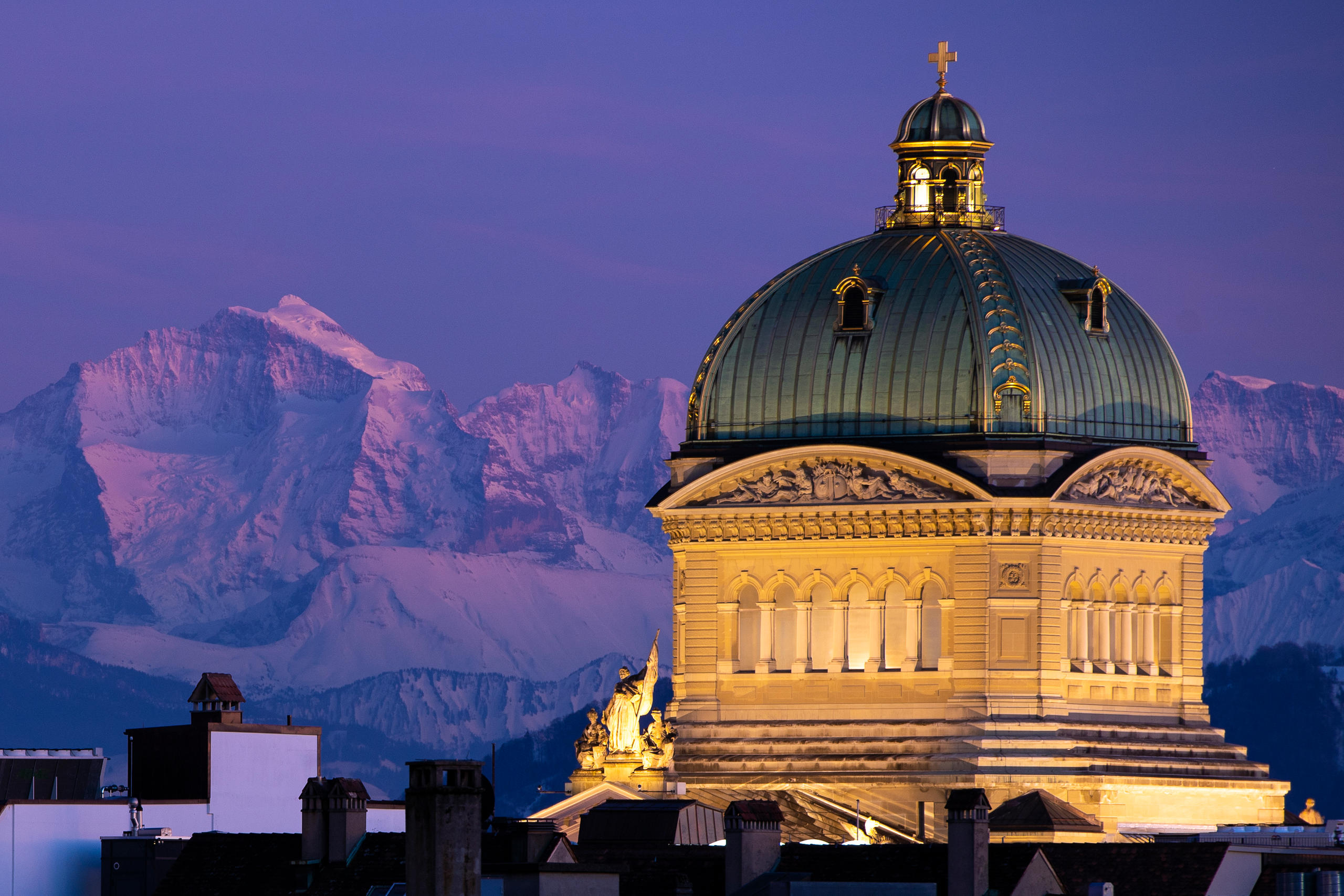
The centre-right Radical-Liberal Party is celebrating 125 years of existence at a national level. But the Swiss champions of political longevity haven’t always known how to value this rich past, says historian Olivier Meuwly.
The modern Radical-Liberal Party has its roots in the liberal movements which flourished in western Europe in the first half of the 19th century. In Switzerland, the story of political liberalism has been a particular success.
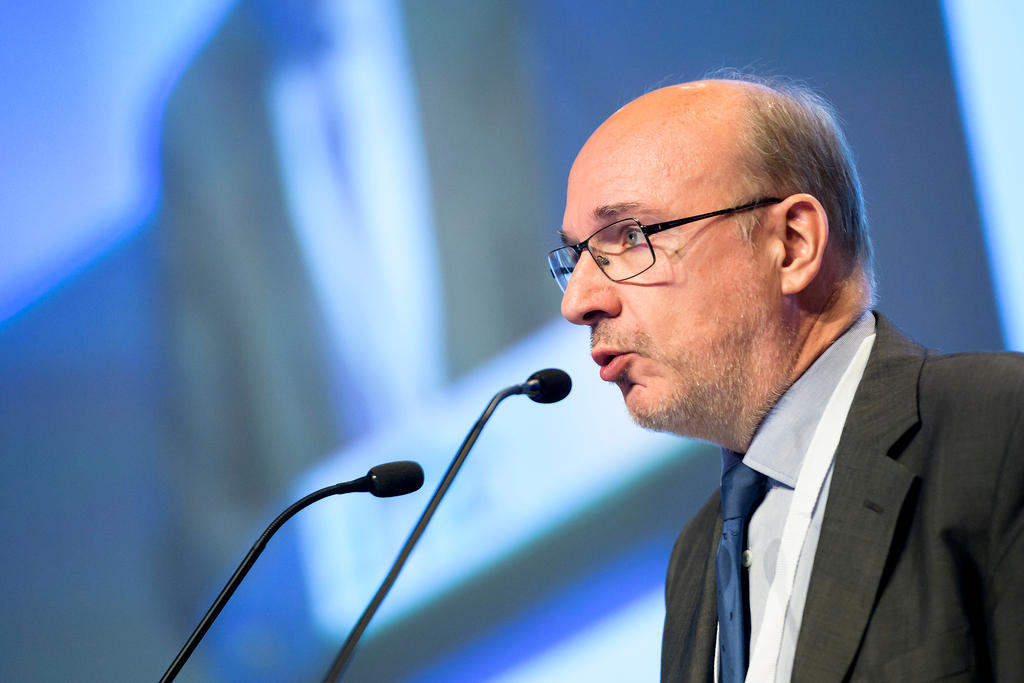
From 1830 several cantons adapted their constitution in a liberal sense. The pinnacle was reached in 1848, with the creation of the modern federal state, spurred on by the radical movement.
Defeated by a Protestant-led coalition in the Sonderbund WarExternal link, the conservative Catholics – the basis of the current centre-right Christian Democratic Party – were for a long time relegated to the opposition. The Radicals, who formally existed only at a cantonal level, had pretty much a monopoly on running the new state. They have been represented in government ever since.
swissinfo.ch: In 1894 the Radicals had already existed for several decades and had been in power for more than 50 years. Why create a national party?
Olivier Meuwly: The arrival of new people’s rights – the legislative referendum in 1874 and the people’s initiative in 1891 – forced political movements to organise themselves at a national level. The Social Democrats were the first to form a national structure in 1888 and the Radical Party followed in 1894.
The large family of radicals, which comprised several political leanings, was particularly undisciplined. Given the new political context, it was essential to speak with one voice and to organise themselves differently, hence the creation of a national party. The radicals eliminated their left wing by integrating it. As for the right wing, very close to the business world, it went off to join the group of Alfred Escher, which led to the creation of the Swiss Liberal Party in 1913.
Eventually, the merger of the Radicals and the Liberals, in 2009, resulted in what had been started in 1894. The party has always had a left wing and a right wing. It’s strong when it can manage both wings and weak when it can’t.
swissinfo.ch: What’s it now: strong or weak?
O.M.: I think the party’s doing pretty well. It went through a tough period in the 1990s with the strong advance of the conservative right Swiss People’s Party. But that enabled it to close ranks as it was less crowded. The centre right had become homogenised and the creation of the Radical-Liberals put the finishing touches to this positioning.
swissinfo.ch: There’s occasionally talk of a merger between the Radical-Liberals and the Christian Democratic Party, forming a large centre-right bloc between the left and the right. What do you think of that idea?
O.M.: It’s clear that the Radical-Liberals and the Christian Democrats haven’t been enemies for a long time, but they’re not always identical. Even if they have lost their religious significance, Protestant liberals remain a force sociologically. That has an effect on political thought. Based on this, there’s no reason for the Radical-Liberals and the Christian Democrats to merge. The “Christian” in Christian Democratic Party is not on the agenda of the Radical-Liberal Party, which remains an anticlerical party.
swissinfo.ch: Rather than a grand party of the state, the Radical-Liberals have an image of a party that’s in the pay of businesses.
O.M.: It’s a shame. Fundamentally, the party is not wrong to defend the economy, but it presents the issues badly. The law on carbon dioxide is something the party could have accepted very quickly. It missed a chance to position itself easily on an issue on which it’s not necessarily the strongest. It’s a lack of intellectual perceptiveness which can be a handicap. If one’s not sure about one’s history, one’s strengths and weaknesses, one doesn’t always know when to make concessions.
Radical-Liberal Party
The centre-right Radical-Liberal PartyExternal link is currently the third-largest in parliament, winning 16.4% of the votes in the 2015 federal elections, behind the Swiss People’s Party (29.4%) and the Social Democratic Party (18.8%).
The Radical-Liberals gradually lost voters between 1979, when it achieved 24% of the vote, and 2011 (15.1%).
It currently has two ministers in the seven-person Federal Council (executive): Foreign Affairs Minister Ignazio Cassis and Justice Minister Karin Keller-Sutter.

In compliance with the JTI standards
More: SWI swissinfo.ch certified by the Journalism Trust Initiative

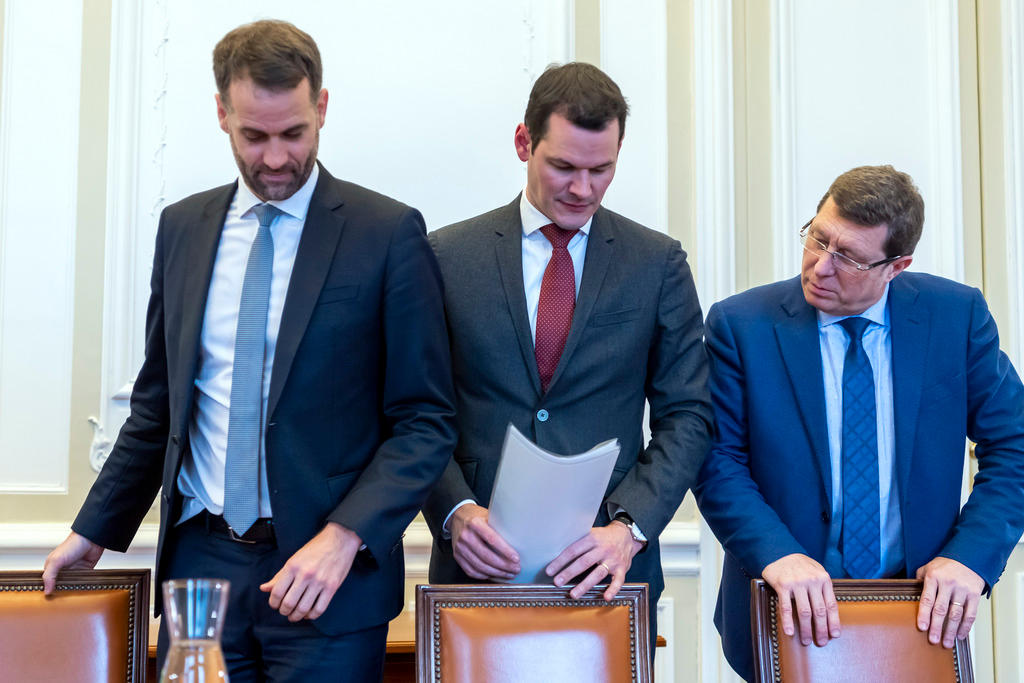
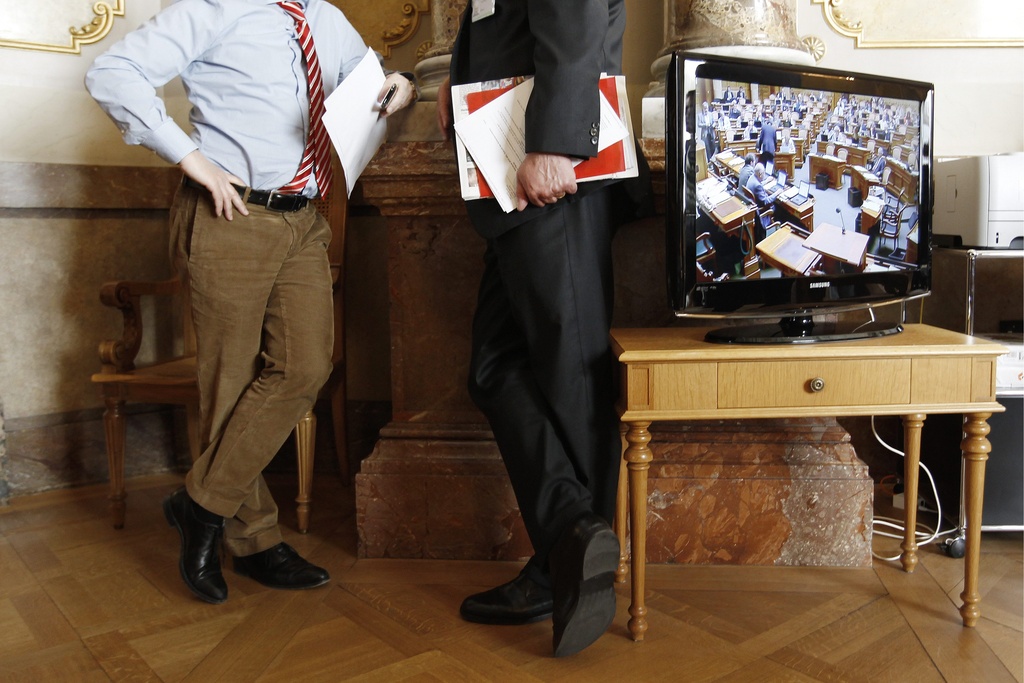
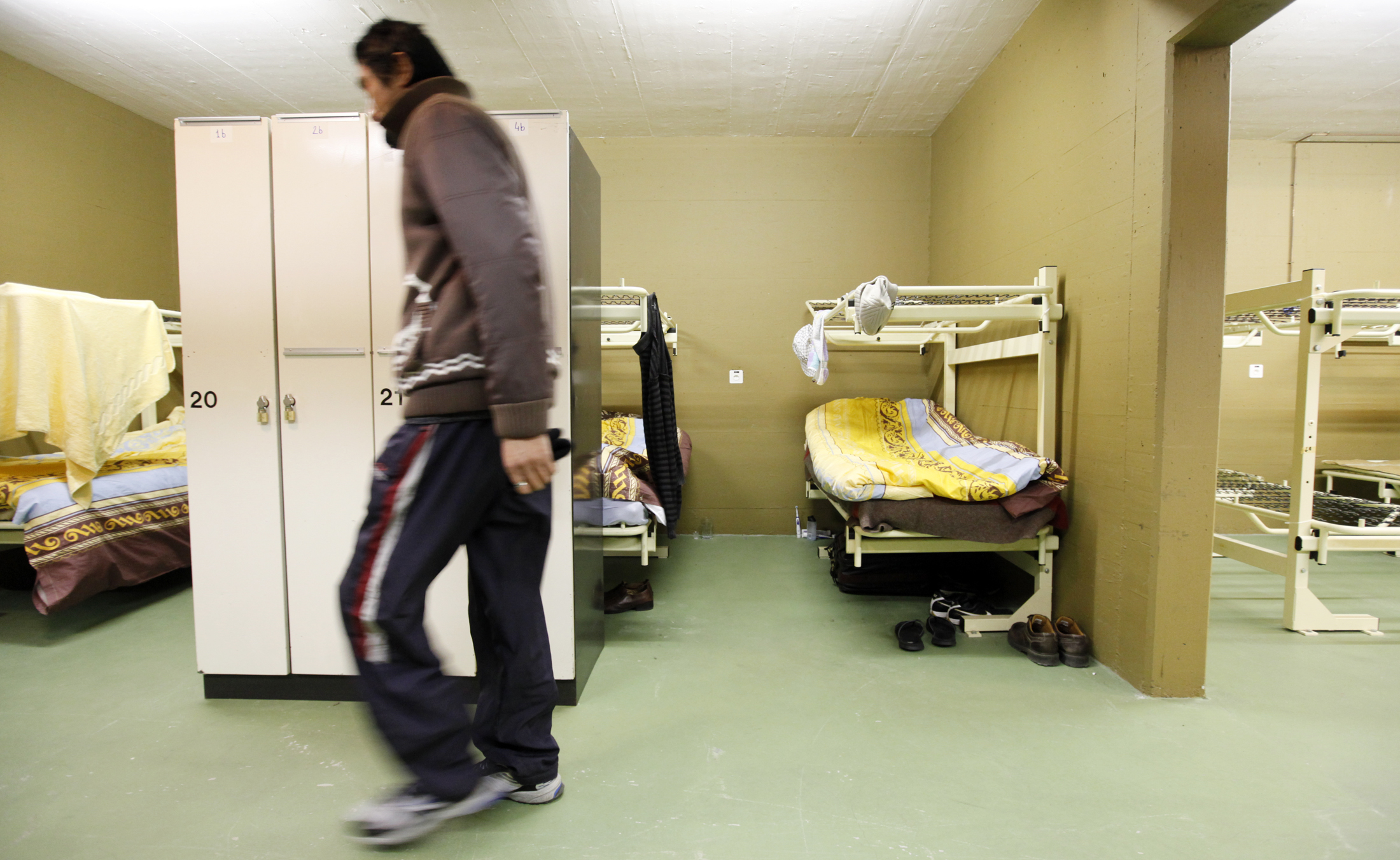
You can find an overview of ongoing debates with our journalists here. Please join us!
If you want to start a conversation about a topic raised in this article or want to report factual errors, email us at english@swissinfo.ch.